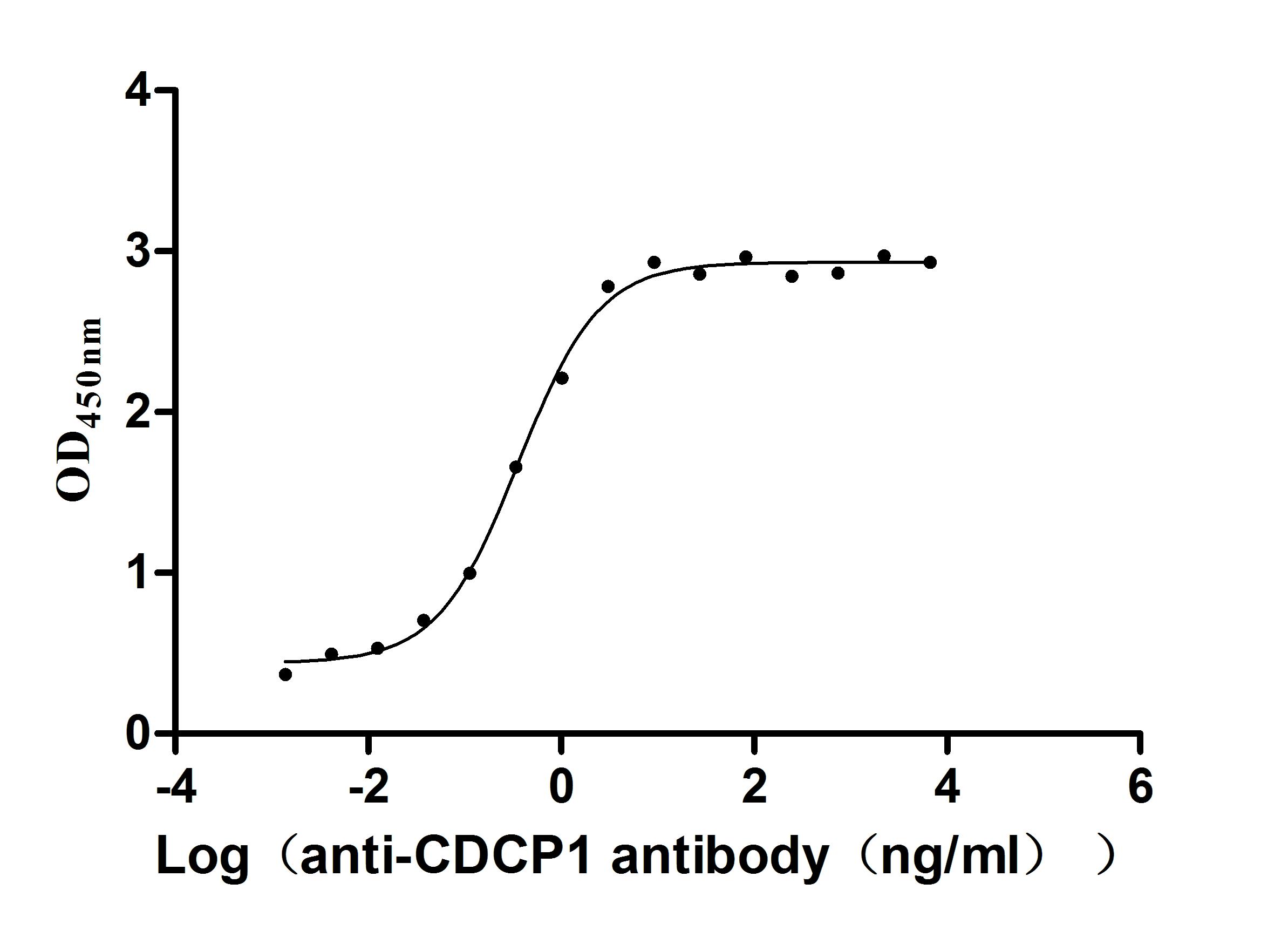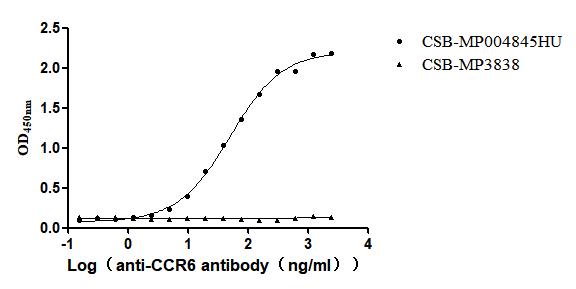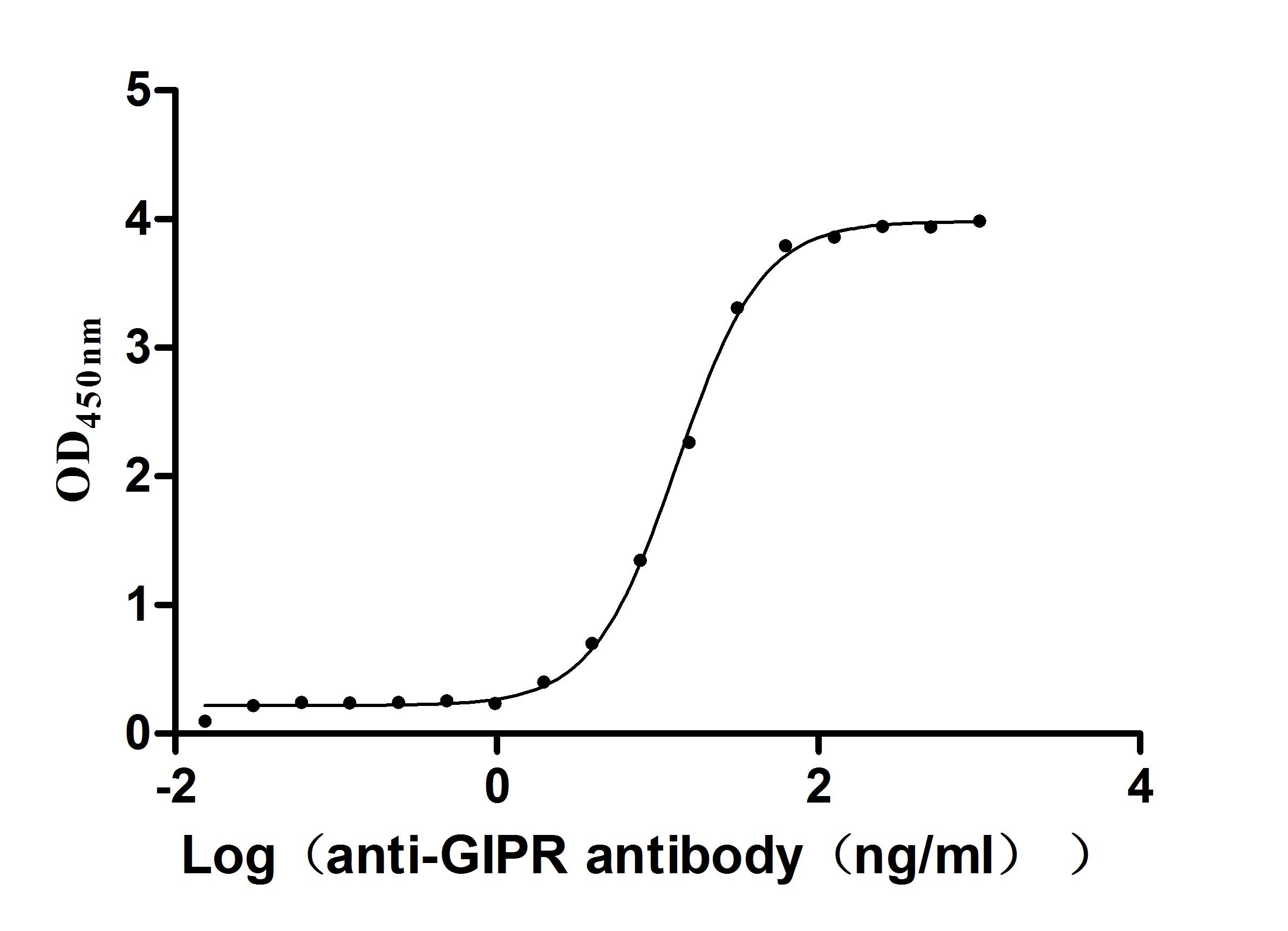Recombinant Drosophila melanogaster Maternal effect protein oskar (osk), partial
-
中文名称:黑腹果蝇osk重组蛋白
-
货号:CSB-YP333049DLU
-
规格:
-
来源:Yeast
-
其他:
-
中文名称:黑腹果蝇osk重组蛋白
-
货号:CSB-EP333049DLU
-
规格:
-
来源:E.coli
-
其他:
-
中文名称:黑腹果蝇osk重组蛋白
-
货号:CSB-EP333049DLU-B
-
规格:
-
来源:E.coli
-
共轭:Avi-tag Biotinylated
E. coli biotin ligase (BirA) is highly specific in covalently attaching biotin to the 15 amino acid AviTag peptide. This recombinant protein was biotinylated in vivo by AviTag-BirA technology, which method is BriA catalyzes amide linkage between the biotin and the specific lysine of the AviTag.
-
其他:
-
中文名称:黑腹果蝇osk重组蛋白
-
货号:CSB-BP333049DLU
-
规格:
-
来源:Baculovirus
-
其他:
-
中文名称:黑腹果蝇osk重组蛋白
-
货号:CSB-MP333049DLU
-
规格:
-
来源:Mammalian cell
-
其他:
产品详情
-
纯度:>85% (SDS-PAGE)
-
基因名:osk
-
Uniprot No.:
-
别名:osk; CG10901; Maternal effect protein oskar
-
种属:Drosophila melanogaster (Fruit fly)
-
蛋白长度:Partial
-
蛋白标签:Tag type will be determined during the manufacturing process.
The tag type will be determined during production process. If you have specified tag type, please tell us and we will develop the specified tag preferentially. -
产品提供形式:Lyophilized powder
Note: We will preferentially ship the format that we have in stock, however, if you have any special requirement for the format, please remark your requirement when placing the order, we will prepare according to your demand. -
复溶:We recommend that this vial be briefly centrifuged prior to opening to bring the contents to the bottom. Please reconstitute protein in deionized sterile water to a concentration of 0.1-1.0 mg/mL.We recommend to add 5-50% of glycerol (final concentration) and aliquot for long-term storage at -20℃/-80℃. Our default final concentration of glycerol is 50%. Customers could use it as reference.
-
储存条件:Store at -20°C/-80°C upon receipt, aliquoting is necessary for mutiple use. Avoid repeated freeze-thaw cycles.
-
保质期:The shelf life is related to many factors, storage state, buffer ingredients, storage temperature and the stability of the protein itself.
Generally, the shelf life of liquid form is 6 months at -20°C/-80°C. The shelf life of lyophilized form is 12 months at -20°C/-80°C. -
货期:Delivery time may differ from different purchasing way or location, please kindly consult your local distributors for specific delivery time.Note: All of our proteins are default shipped with normal blue ice packs, if you request to ship with dry ice, please communicate with us in advance and extra fees will be charged.
-
注意事项:Repeated freezing and thawing is not recommended. Store working aliquots at 4°C for up to one week.
-
Datasheet :Please contact us to get it.
相关产品
靶点详情
-
功能:Organizes the germ plasm and directs localization of the posterior determinant nanos. Oskar protein is required to keep nos RNA and staufen protein at the posterior pole.
-
基因功能参考文献:
- A missense mutation in the dynactin Arp1 subunit causes most oskar mRNA to localise in the posterior cytoplasm rather than cortically. PMID: 29035202
- oskar transport signals are weak by necessity; their weakness facilitates transfer of the oskar mRNA from the oocyte transport machinery to the machinery for posterior localization. PMID: 28760927
- The long isoform of the protein Oskar regulates the maternal inheritance of mitochondria. Long Oskar traps and maintains mitochondria at the posterior at the site of primordial germ cell (PGC) formation through an actin-dependent mechanism. Mutating long oskar strongly reduces the number of mtDNA molecules inherited by PGCs. Therefore, Long Oskar ensures germline transmission of mitochondria to the next generation. PMID: 27923120
- Crystal structure identifies OSK domain as RNA-binding domain and LOTUS domain as Vasa-binding domain. PMID: 26190108
- Osk has a role in the regulation of stability, regulation of translation, and localization of relevant mRNAs through direct interaction with their 3'UTRs PMID: 26324911
- The study determined the SOLE structure formed after alternative splicing of Oskar mRNA as an helical structure with few noncanonical base pairs, capped by a pentanucleotide loop that seems could accommodate a protein partner. PMID: 26089324
- results therefore suggest that efficient posterior localization of oskar mRNA requires the concerted activities of both Dynein and Kinesin-1. PMID: 24244700
- These results reveal that Par-1 controls the timing of pole plasm assembly by promoting the localization of oskar mRNA but inhibiting the accumulation of Short Oskar protein. PMID: 23948254
- Oskar protein was required for recruiting EB1 and CLIP-190 to the oocyte posterior; posterior enrichment of EB1 and CLIP-190 is necessary for high levels of endocytosis in this region of the cell; therefore a functional link between dynamic oocyte microtubules and endocytosis. PMID: 22561189
- The study demonstrates that the exon junction complex associates with oskar mRNA upon splicing in vitro and that Drosophila exon junction complex deposition is constitutive and conserved. PMID: 22426546
- report that a Golgi-endosomal protein, Mon2, acts downstream of Osk to remodel cortical actin and to anchor the pole plasm PMID: 21610029
- osk was independently lost in multiple holometabolous insect lineages and that these losses are phylogenetically correlated with changes in germline determination strategies in these species. PMID: 21552321
- Translational repression is mediated by BREs, regulatory elements positioned in two clusters near both ends of the oskar mRNA 3' UTR. PMID: 20230756
- Data indicate that posteriorly localized Par-1 regulates posterior patterning by stabilizing Osk. PMID: 11951092
- Data show that cortical anchoring of the posterior determinant Oskar is a crucial step in pole plasm assembly and restriction, required for proper development of Drosophila melanogaster. PMID: 12117819
- Kinesin restricts pole plasm formation to the posterior by moving oskar mRNA away from microtubule-rich lateral and anterior cortical regions. PMID: 12134163
- MOESIN crosslinks actin and cell membrane in Drosophila oocytes and is required for anchoring of this protein. PMID: 12477397
- Data suggest that Orb-mediated cytoplasmic polyadenylation stimulates oskar translation to achieve the high levels of Oskar protein necessary for posterior patterning and germline differentiation. PMID: 12538512
- We conclude that Bruno plays similar roles in translational regulation of gurken and oskar PMID: 12591598
- Cup is a translational repressor of oskar that is required to assemble the oskar mRNA localization machinery. We propose that Cup coordinates localization with translation. PMID: 14691132
- splicing at the first exon-exon junction of oskar RNA is essential for oskar mRNA localization at the posterior pole PMID: 15118729
- Hrp48 colocalizes with oskar mRNA throughout oogenesis, and interacts with its 5' and 3' regulatory regions, suggesting that it binds directly to oskar mRNA to mediate its posterior transport. PMID: 15130488
- The mechanisms that prevent accumulation of Oskar protein until it can be secured at the posterior pole of the oocyte include regulated degradation or inhibition of translational elongation. PMID: 15239960
- The vlsnull mutant shows that valois+ is required for high levels of Oskar protein to accumulate during oogenesis PMID: 15634703
- link between oskar translation control and localization in oogenesis PMID: 16715044
- oskar RNA acts as a scaffold or regulatory RNA essential for development of the oocyte. PMID: 16835436
- Oskar allows nanos mRNA translation in Drosophila embryos by preventing its deadenylation by Smaug/CCR4. PMID: 17050620
- An oskar-dependent positive feedback loop maintains the polarity of the Drosophila oocyte. PMID: 17275299
- A late phase in accumulation of Osk protein, typically not monitored because of imperviousness of late stage oocytes to antibodies, is crucial for body patterning. PMID: 17359300
- We propose that Oskar maintains its localization at the posterior pole through dual functions in regulating endocytosis and F-actin dynamics. PMID: 17419993
- Osk stimulates endosomal cycling, which in turn promotes F-actin reorganization to anchor the pole plasm components to the oocyte cortex. PMID: 18272590
- By following oskar mRNA particles in living oocytes, study shows that the mRNA is actively transported along microtubules in all directions, with a slight bias toward the posterior. PMID: 18775316
- We observe oskar mRNA to oligomerize as hundreds of copies forming large particles which are necessary for its long range transport and localization. We show the formation of these particles occurs in the nurse cell nucleus in an Hrp48-dependent manner PMID: 19597554
显示更多
收起更多
-
组织特异性:Begins to accumulate at the posterior pole of the oocyte from stage 8 onwards.
-
数据库链接:
Most popular with customers
-
Recombinant Human Tumor necrosis factor receptor superfamily member 11B (TNFRSF11B) (Active)
Express system: Mammalian cell
Species: Homo sapiens (Human)
-
Recombinant Human Delta-like protein 3 (DLL3), partial (Active)
Express system: Mammalian cell
Species: Homo sapiens (Human)
-
Recombinant Human T-cell surface protein tactile (CD96), partial (Active)
Express system: Mammalian cell
Species: Homo sapiens (Human)
-
Recombinant Human Melanoma-associated antigen 4 (MAGEA4) (Active)
Express system: Mammalian cell
Species: Homo sapiens (Human)
-
Recombinant Human Dickkopf-related protein 1 (DKK1) (Active)
Express system: Mammalian cell
Species: Homo sapiens (Human)
-
Recombinant Human CUB domain-containing protein 1 (CDCP1), partial (Active)
Express system: Mammalian cell
Species: Homo sapiens (Human)
-
Recombinant Human C-C chemokine receptor type 6(CCR6)-VLPs (Active)
Express system: Mammalian cell
Species: Homo sapiens (Human)
-
Recombinant Macaca fascicularis Gastric inhibitory polypeptide receptor (GIPR), partial (Active)
Express system: yeast
Species: Macaca fascicularis (Crab-eating macaque) (Cynomolgus monkey)


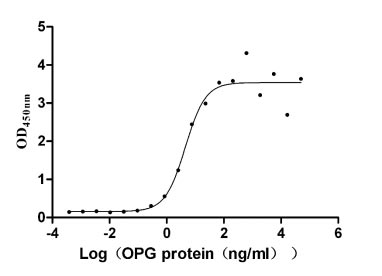
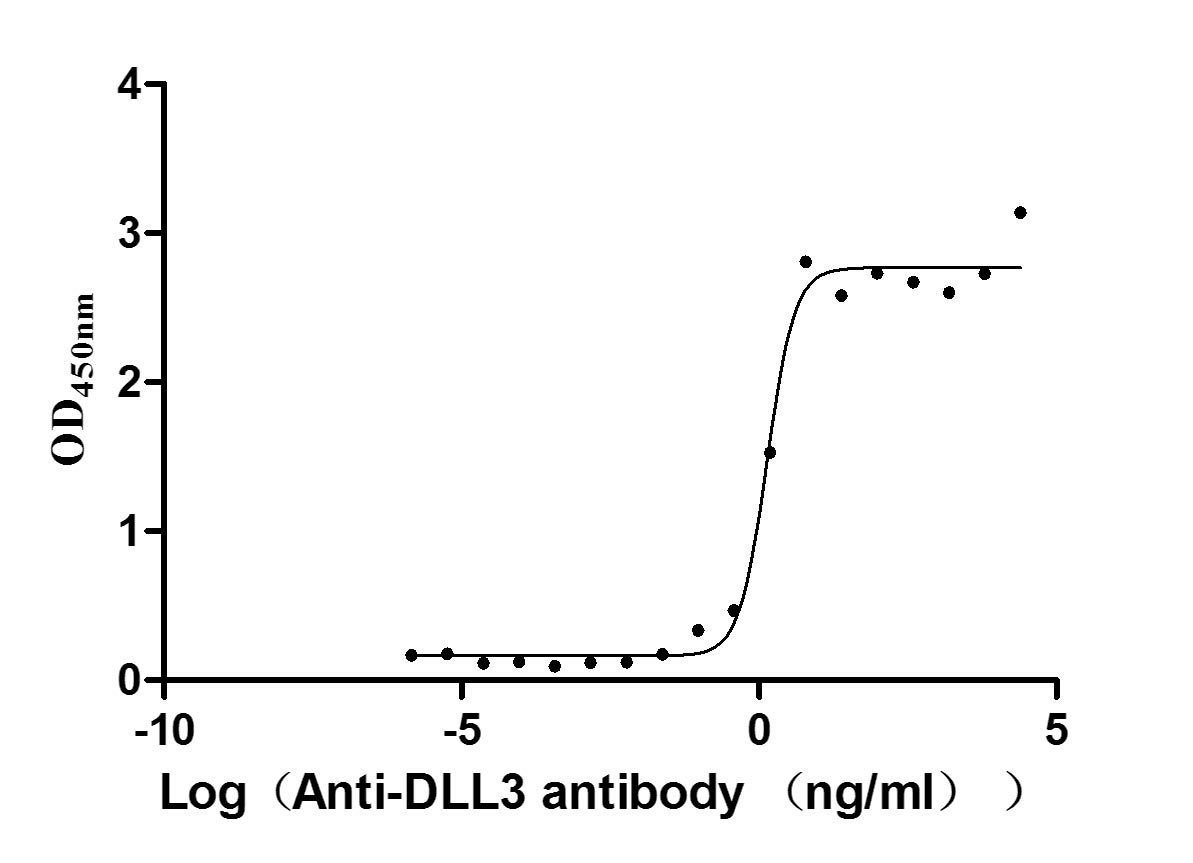
-AC1.jpg)
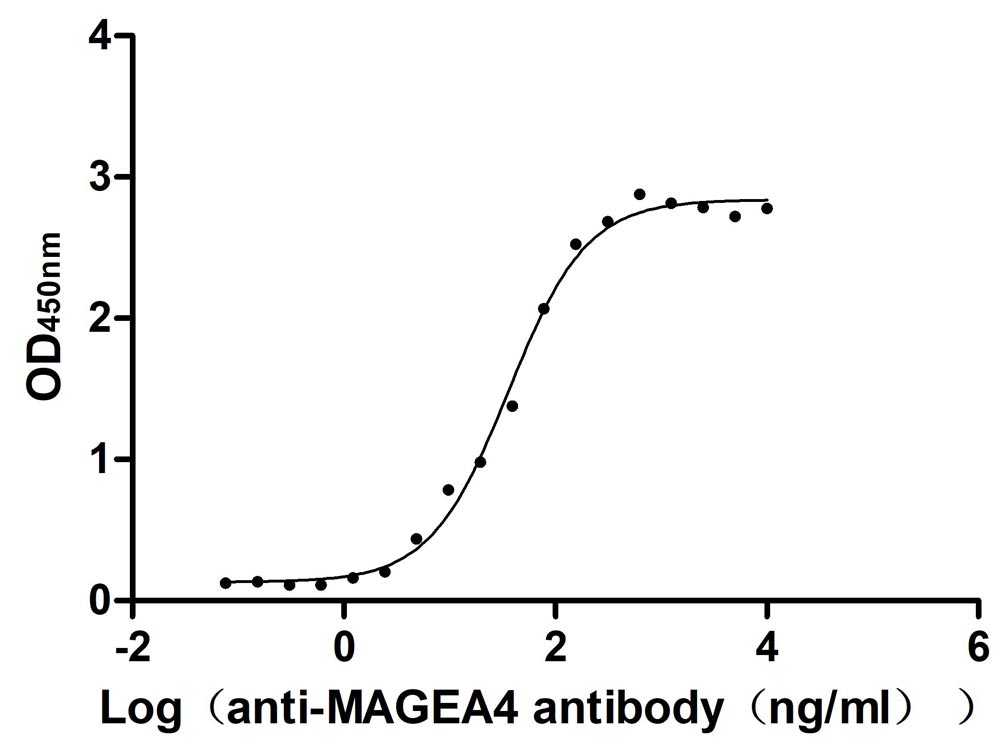
-AC1.jpg)
